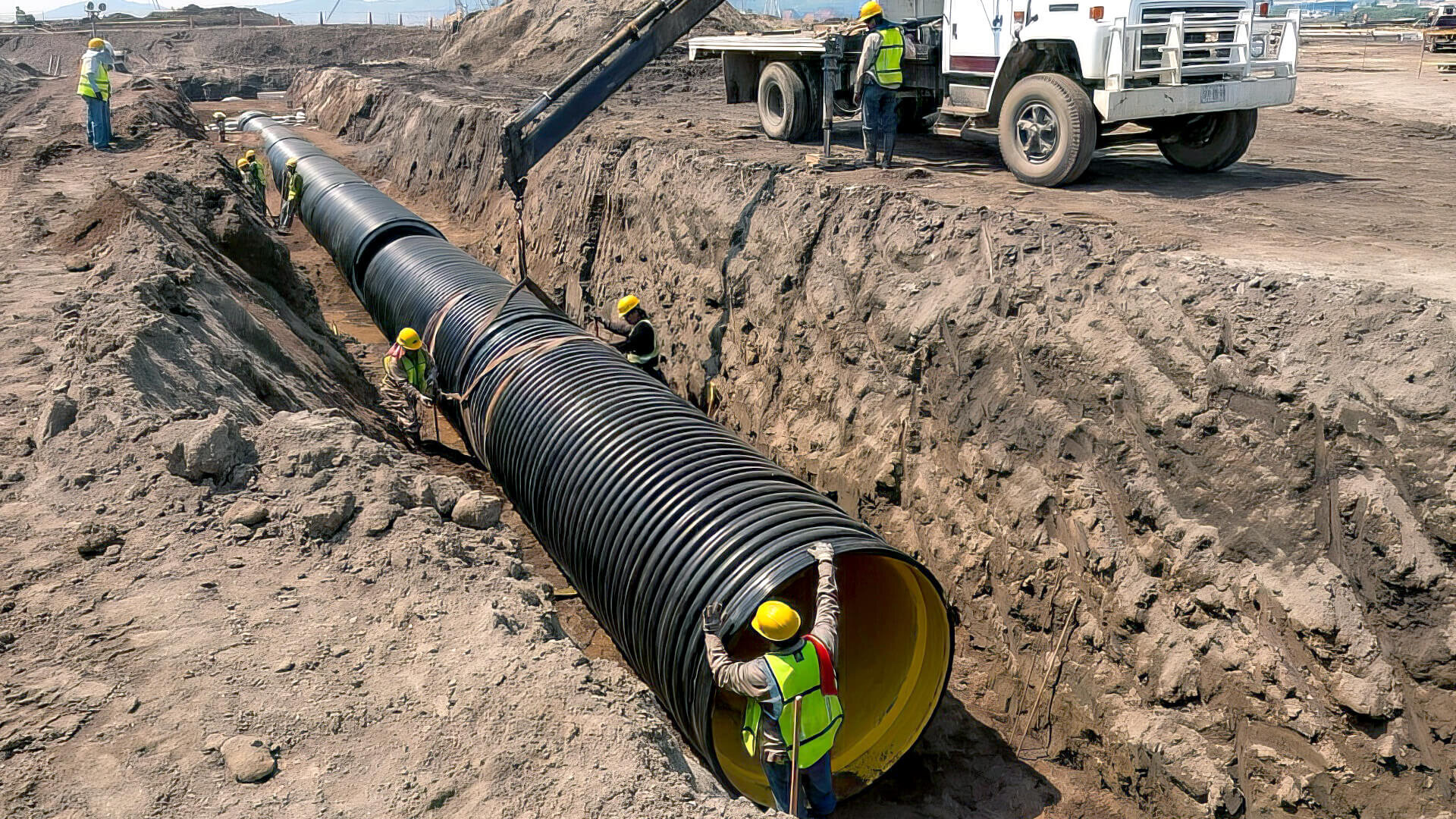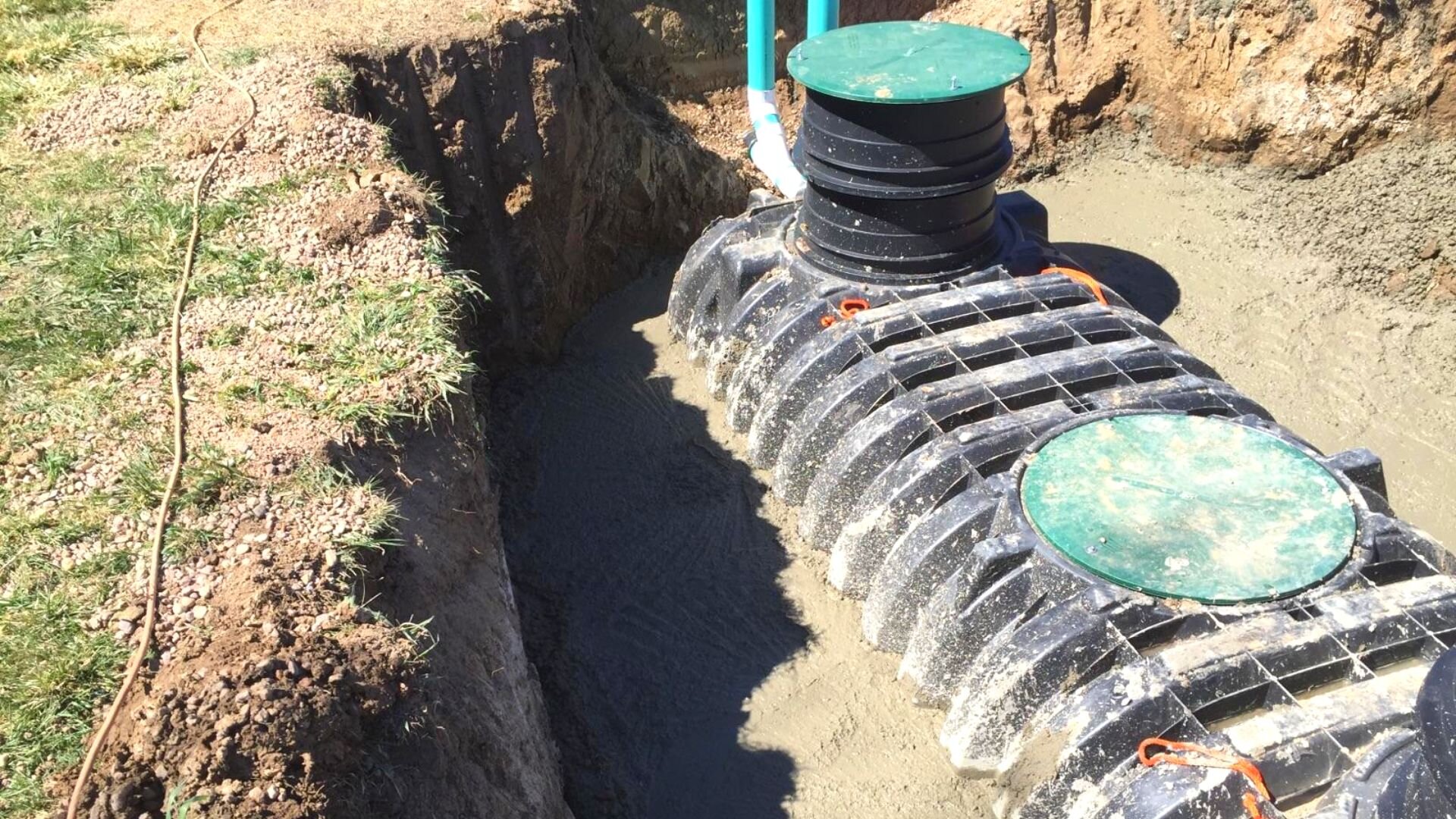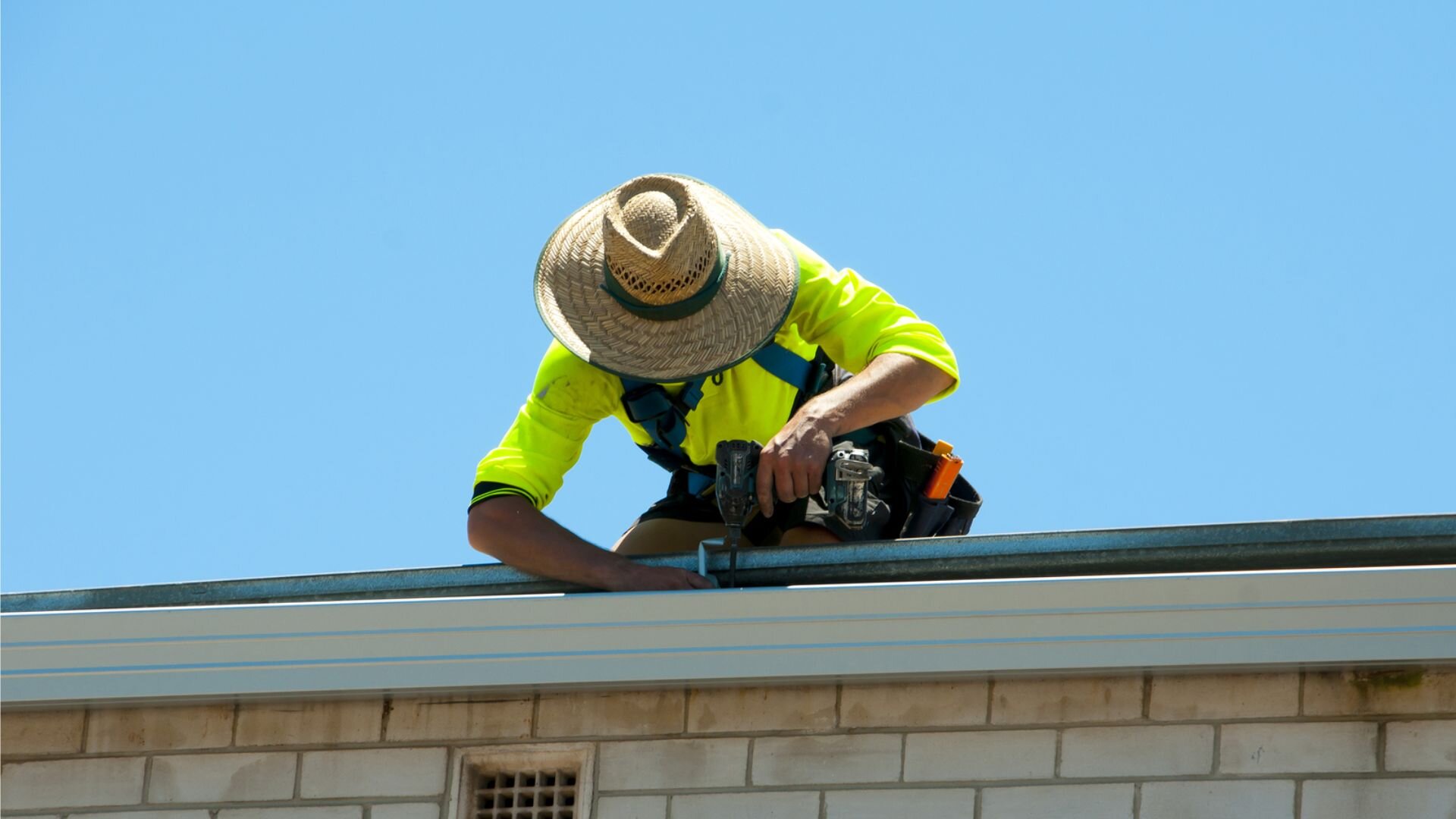Septic systems play a vital role if you live in an area without a proper sewage connection.
However, there are certain instances when a septic tank might malfunction, causing sewage overflow in your home, which can be inconvenient and pose a health hazard.

You can avoid problematic septic tanks if you follow a few practices to maintain the septic tank?s condition.
Keeping this in mind, we have compiled this brief yet informative guide to highlight the typical septic tank problems and their solutions.
8 Common Septic Tank Problems
1. Improper Installation
Discover what a septic system is and how it works, and only employ professional services to install your septic system and plumbing fixtures.
Setting up septic systems is probably the most challenging plumbing task for many homeowners since there is a high chance of human error. If the septic tank is installed incorrectly, it can cause many problems, severely damaging your property. Moreover, you might have to replace the entire tank or reinstall it from scratch to function correctly.
So, when installing a septic tank, there are a couple of important things to keep in mind to avoid system failure.
- First, ensure the tank passes the percolation test.
- Second, make sure the installation meets Australian safety standards.
2. The Tank Is Old
Another common reason that can cause the septic tank to malfunction is when the tank gets old. Modern tanks have plenty of new features that help control the levels of sewage water, but these features are lacking in older models.
For instance, an older model might not have dip pipes or a double chamber structure; you might experience overflowing problems during the rainy season. You may even deal with sewage in your yard.
In addition, it might be prone to other issues such as damage, corrosion, and clogs, which can cause a lot of inconvenience.
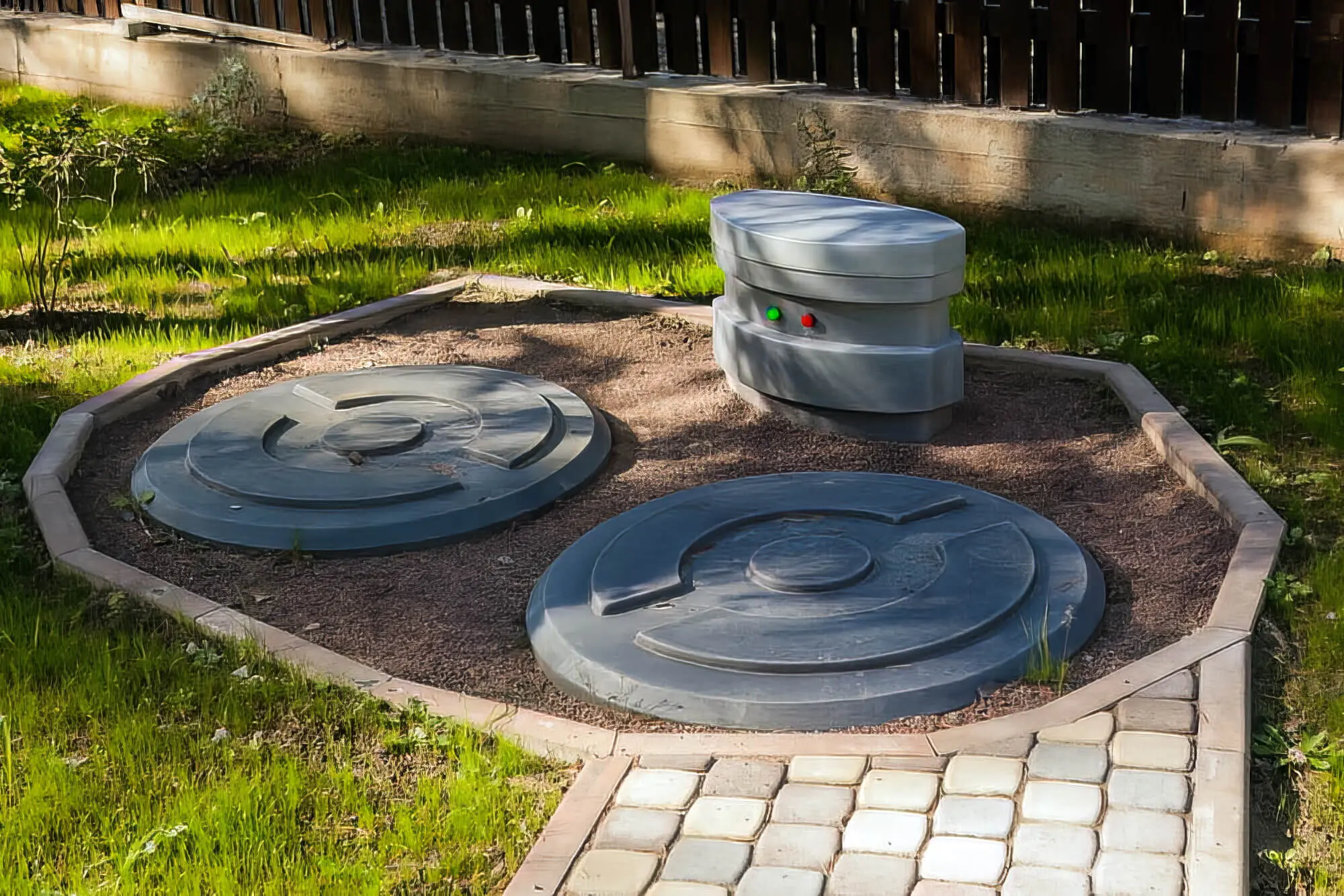
3. Ground Movement
Most septic tank systems are installed under the ground. As a result, subtle ground movements can put a lot of force on the system. It can cause the tank to back up, so you must empty it more frequently and have your tank pumped. The ground movement can sometimes cause the dip pipes to dislocate from their original place.
This can cause cracks and fractures in the wall of the tanks, which can lead to the following problems:
- Groundwater will make its way into the tank and cause it to overflow.
- It will also prevent the tank from efficiently separating solid from liquid household waste.
- It might require a replacement of the entire tank.
4. Damage From Plant And Tree Roots
As we have mentioned, most septic tank systems are installed under the ground. This leaves the septic tanks prone to getting damaged by tree roots. Additionally, it is tough to predict where the tree roots might grow. As such, you can never avoid this problem if it occurs.
Besides, the tree roots can penetrate the drain pipes and prevent the wastewater from flowing efficiently into the tank. Nevertheless, you can reduce the chances of this problem by installing the system away from the plants and trees.
5. Damaged Dip Pipes
Most manufacturers these days include dip pipes as an essential feature of the septic tank system. The main purpose of the dip pipes is to ensure that the correct type of waste flows into the soakaway system. This prevents lumpy stuff from accumulating within the system, which can cause it to get blocked.
However, if the dip pipes are dislodged during tank emptying, the septic system can malfunction. As a result, lumpy and unwanted waste may accumulate in the soakaway system.
6. Collapsed Baffle
A baffle serves a similar purpose as dip pipes since its primary role is to prevent lumpy waste from reaching the soakaway system. It acts as a barrier in the tank that filters out unwanted waste and lumpy stuff before the wastewater can reach the tank.
If the baffle collapses, it will not be able to prevent the solid waste from reaching the soakaway system, which can further result in a blockage. So, all the wastewater will be backed up in your house rather than collected in the tank, and backflow can occur in this case.
Contact a professional if you don?t have a backflow preventer or need backflow device repairs.
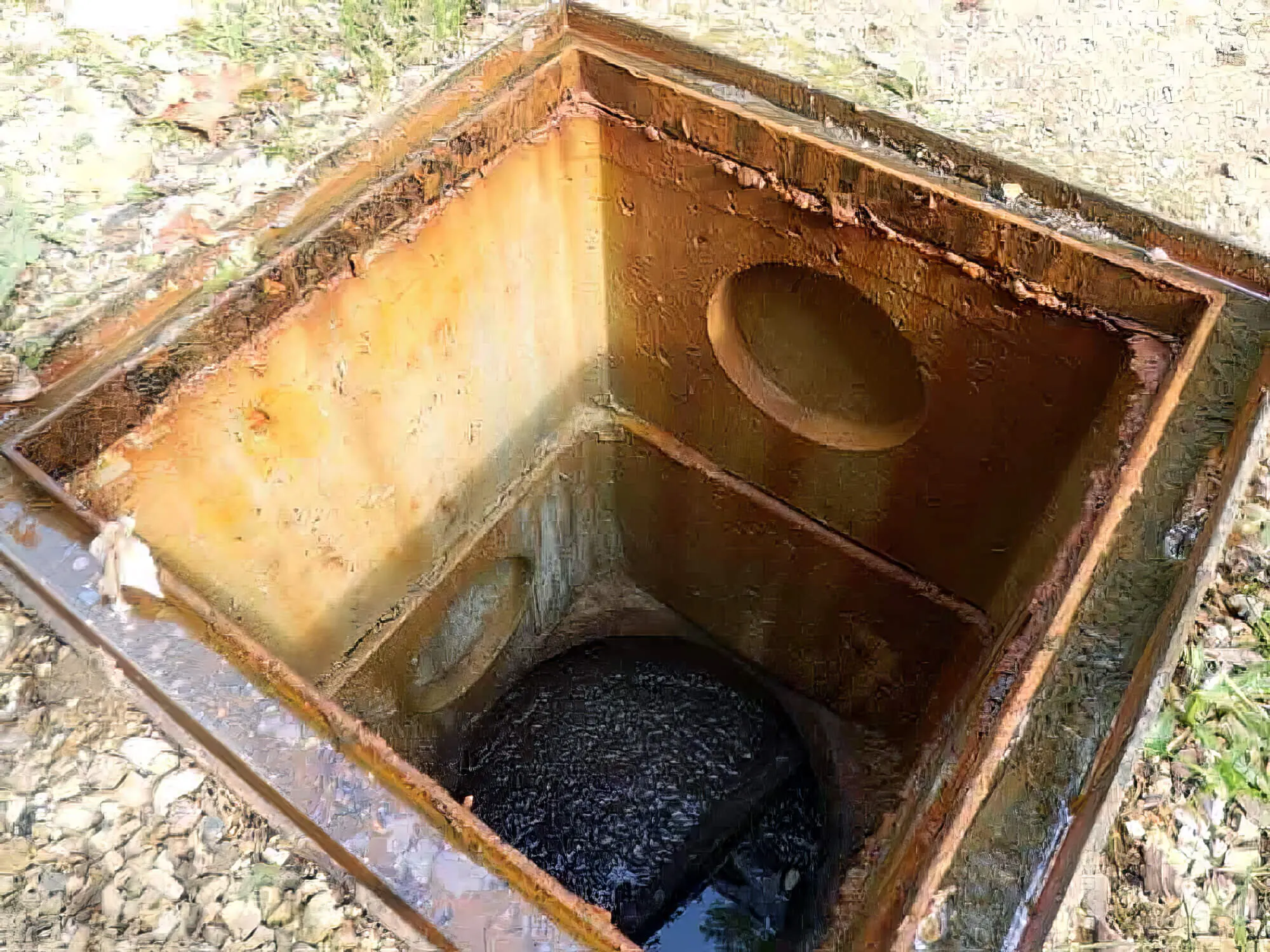
7. Lack Of Maintenance
To keep your septic tank working well, you need regular maintenance. Empty the tank on time to avoid overflow, and promptly replace any damaged parts to ensure efficiency. If your sewer drain is blocked, don?t wait for water to rise in the drain field?reach out to a professional for a replacement as soon as possible.
If you have a busy schedule, we suggest hiring a regular septic tank expert to clean the tank. They will also perform regular maintenance and inspection of septic systems and drain systems as required.
8. Hydro-static Pressure
Although it is a common misconception that the problem is rare, it is not. Hydro-static pressure causes the tank to pop out of the ground instead of staying submerged. It is usually created when the water below the tank is very high.
If you encounter this issue at home, it?s best to call in a professional right away, as it requires technical expertise. Trying to fix it yourself could lead to further property damage.
You Can Prevent Septic Tank Problems From Happening
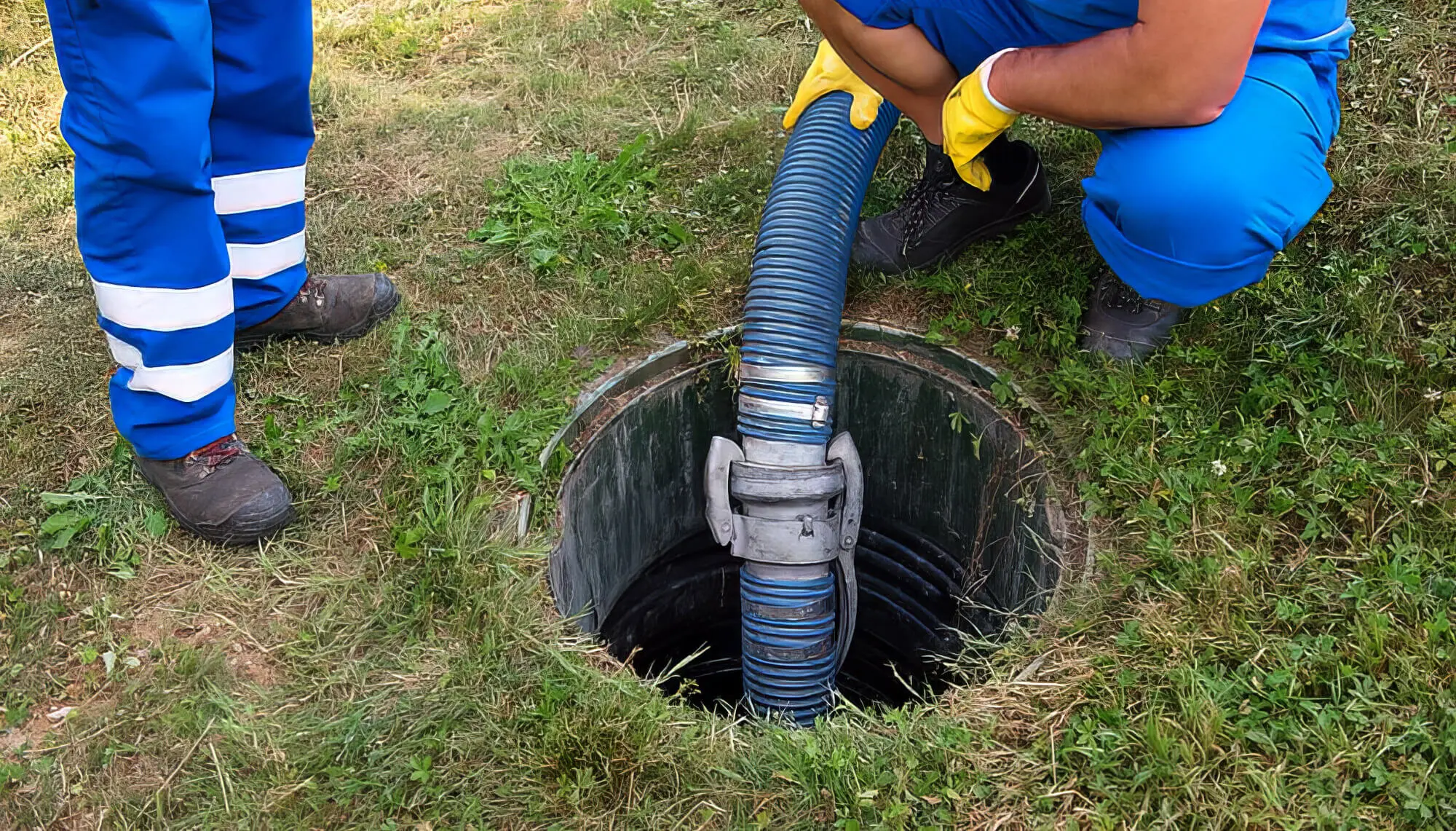
With that, we have reached the end of this informative guide. We want to share a few tips to help prevent septic tank problems from occurring in the future.
We recommend emptying the tank regularly whenever it gets full and performing routine maintenance when required. If you notice any damaged parts, replace them immediately; otherwise, it can cause severe damage to your property.
Lastly, there are certain instances where you might be unable to resolve the problems. In such cases, we suggest hiring a septic tank expert since they will have the required knowledge and skills to fix the issues.
Contact Fixed Today if you need help with your blocked sewer drain and septic tank system. Our skilled team can handle this urgent job and keep your home safe and clean.

